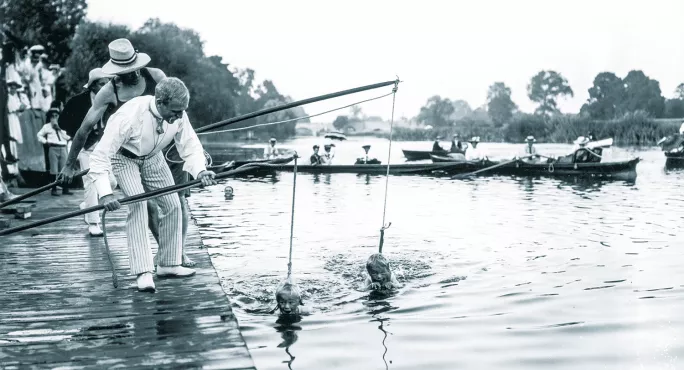In his book The Hidden Lives of Learners, Graham Nuthall revealed that children received most feedback on their learning in the classroom from fellow students. And most of the feedback was wrong. It hindered, he found, rather than helped their development.
So why should teachers even consider allowing pupils to tutor their peers?
Well, because - delivered well and structured carefully - peer-to-peer tutoring can yield impressive learning gains. A range of studies suggests pupils can gain as much as an extra five months’ development in an academic year. And getting pupils to learn from each other can be a powerful way of nurturing independent learners. Tutors are also empowered to learn in order to teach, while tutees relate to their near-age peers. Finally, it can consolidate learning, complementing core teaching for the whole class.
That said, there were disappointing results in two major trials of peer tutoring in English schools published in 2015 by the Education Endowment Foundation. They found, on average, no improvement in attainment from peer-tutoring programmes, compared with business as usual for other pupils.
However, it may be that collaborative learning and peer interaction is now so widespread that the programmes add little to standard practice in modern classrooms. It may also be that the intensity or content of the programme was insufficient.
But the trials showed that replacing teacher-led lessons with peer-teaching did not lead to any significant reduction in pupils’ attainment. More trials, as ever, are needed.
So the key question is: in what circumstances should a teacher transition from being sage on the stage to guide from the side?
They certainly shouldn’t become slack at the back: facilitating peer support for learning is a distinctive skill that needs honing and development. Peer tutoring is not an opt out for teachers: professional training on how to do it well is essential. That means training the teacher to facilitate it - and training the students to do it. Teachers need to plan and organise the tutoring and train the tutors. Providing targeted feedback to tutors will improve their teaching skills.
Ways of learning
We also need to understand that peer tutoring describes a range of approaches in which pupils become responsible for teaching and assessing the progress of their peers. Learners can work in pairs or small groups to provide support on specific topics at both primary and secondary level, and in a variety of subjects. There could be peer-assisted learning for maths and reading, involving structured sessions of 25-35 minutes two or three times a week. In reciprocal peer tutoring, learners take turns to be tutor and tutee. In cross-age tutoring older tutors are paired with a younger tutee or tutees.
Cross-age tutoring appears to offer more benefit for tutors than tutees; in primary schools most impact has been found when tutees are two years older than their tutees, although it is unclear if the two-year gap rule applies to older pupils. Meanwhile, intensive periods of tutoring over 4-10 weeks are most effective.
Research also suggests teachers should pair higher-attaining pupils in the senior class with high-attainers from the more junior class. Pairs of lower attainers, often those from more disadvantaged backgrounds, can make the biggest learning gains of all.
Activities should be challenging for the tutee but not too difficult that they cannot succeed.
Finally, teachers need to plan and organise the tutoring and train the tutors. Providing specific, targeted feedback to tutors will improve their teaching skills.
That may sound like a lot to consider, but the benefits have been shown to be significant. When you get it right, being a guide on the side can be a useful option for all involved.
Lee Elliot Major is chief executive of the Sutton Trust and Steve Higgins is a professor of education at Durham University. They authored the Teaching and Learning Toolkit, now the Education Endowment Foundation Toolkit





